The Lord of the Rings
Good things can be twisted for evil. But what about an object that has been evil from its very inception? Can such a thing be turned to good?
J. R. R. Tolkien’s genre-defining novel The Lord of the Rings is a “trilogy of one,” in that the story flows from book to book without any interruption. This bestrides an epic fantasy world as deep as it is wide, melting down the myths of northern Europe to forge a newly relevant synthesis—fresh as spring rain, rooted as the mountains.
The Lord of the Rings was sparked by the success of Tolkien’s first novel, The Hobbit, and stars Frodo, nephew to that book’s hero Bilbo Baggins. However, this sprawling “sequel” set in the fantasy world of Middle-earth at first appears prosaic. When the eccentric Bilbo decides to retire from respectable country life, he bequeaths his nephew Frodo his home and all it contains—including a curious magical ring that may or may not encircle the fate of the world. From there, events spiral outward into realms of high poetry, encompassing a supporting cast so well-realized and so instantly classic that readers to this day argue over who is the hero of this story.
Tolkien’s childhood in South Africa, his service on the western front during World War I, and his exposure to diverse cultures and landscapes throughout his life are reflected brilliantly in his varied depictions of dramatic—yet grippingly believable—terrains and folk. He paints a lyrical setting so realistic that many readers feel Middle-earth seems more alive than today’s world, a spiritual landscape from which any reader can draw countless morality tales.
The story’s first installment, The Fellowship of the Ring, brings a diverse brotherhood together and starts them on a journey fraught with perils within and without. The tension between individuals—their perspectives and what each person thinks is the best choice to make—illuminates a truth of group dynamics in any era: teamwork is always tricky to maintain.
From there, The Two Towers sees the band flung in different directions. Yet the story details how, despite each hero’s sense of failure, each journey actually works its own important thread through the tapestry of the grand design. Readers can draw encouragement for their own lives: such a truth must also be true in us, so long as our hearts do not waver from seeking the light.
Finally, The Return of the King has reduced many a reader to tears of joy. Echoes of the Christian’s hope radiate throughout this climactic volume. Old friends find their paths at last converging after dark journeys, and seemingly impossible hope blazes forth in a new dawn which will last for an age.
By the grand finale, The Lord of the Rings portrays what Tolkien himself called eucatastrophe, that is, the “good catastrophe,” in which certain despair suddenly turns into joyous victory. Such moving resolution helps Christian readers expect that Christ’s victory at the end of this age will be even more fulfilling, and until then, we should take heart and press forward, to greet our true King’s triumphant return.
Best for: Teens and adults seeking a masterwork of high fantasy.
Discern: Strong violence and peril; depictions of magic, including sorcery, possession, and the use of objects imbued with power; some horror.

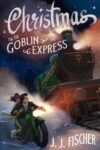
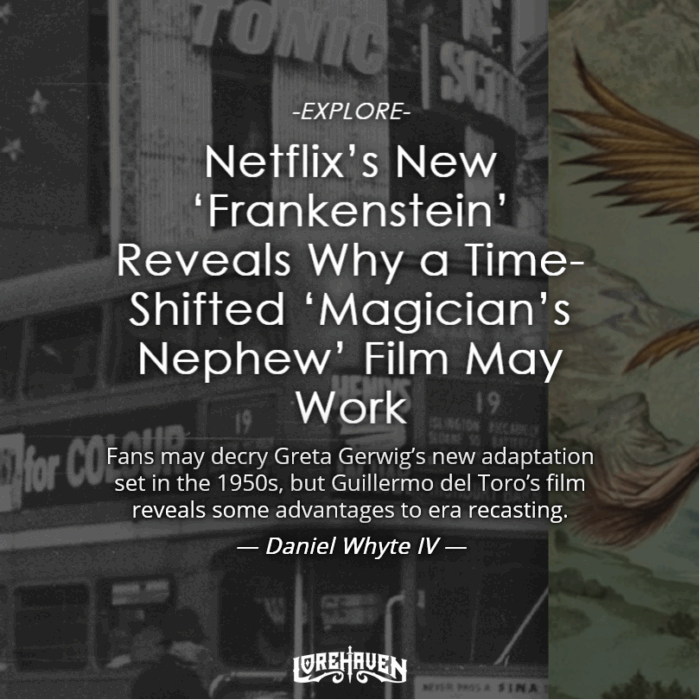

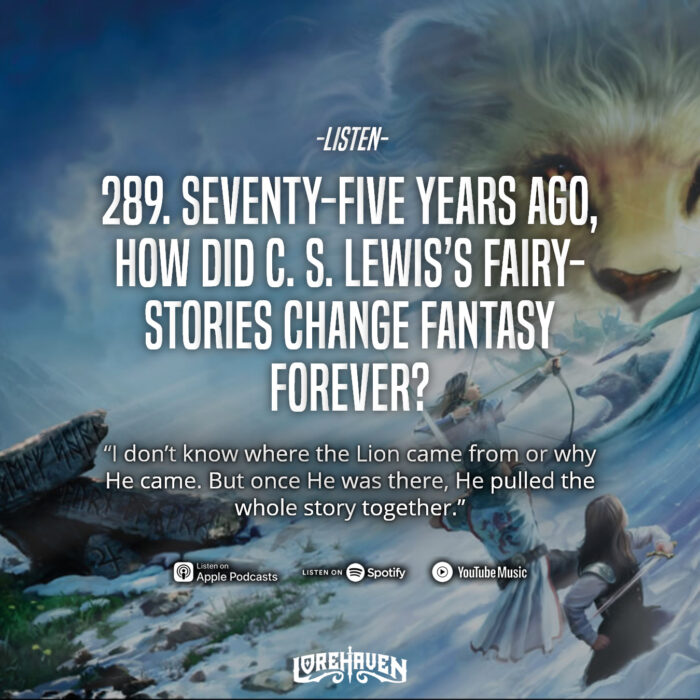
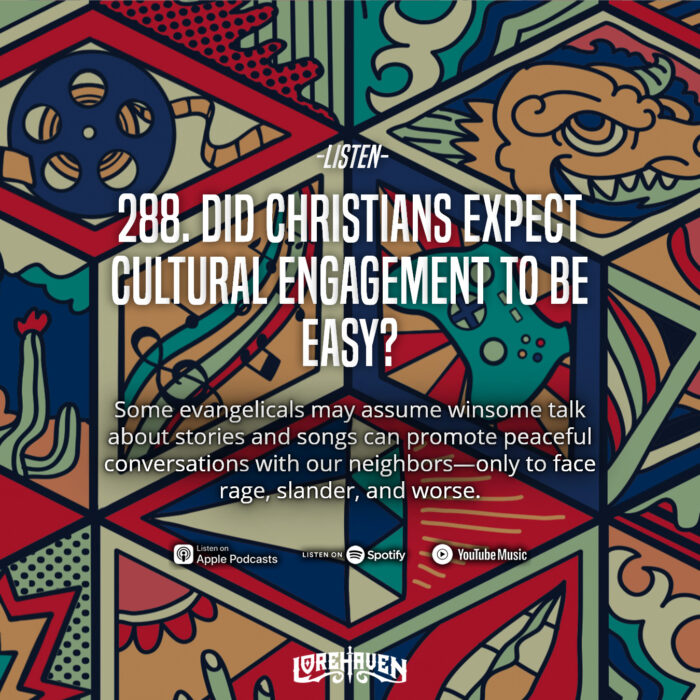
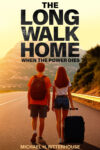
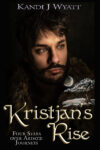

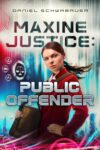
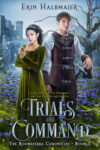
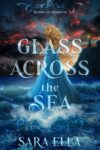

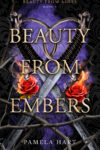
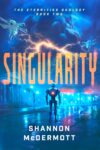
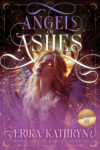

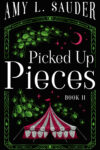
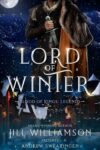
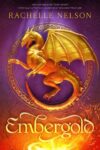


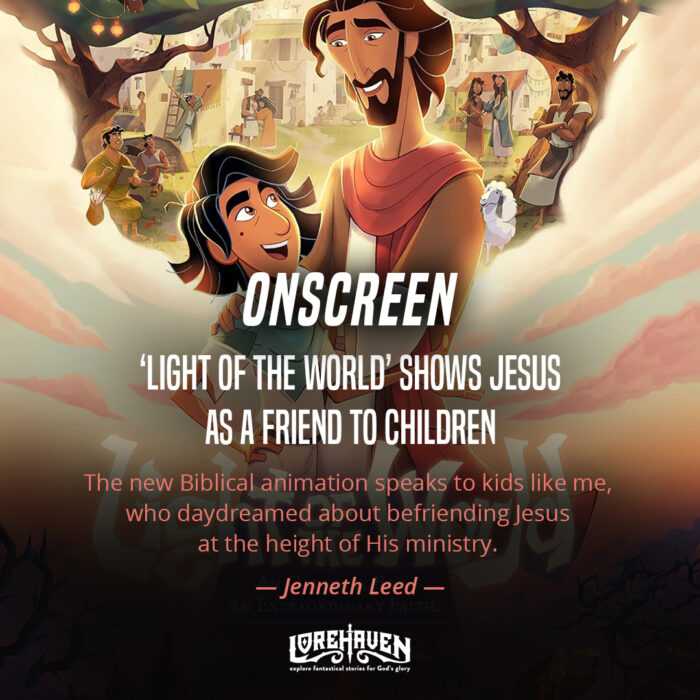
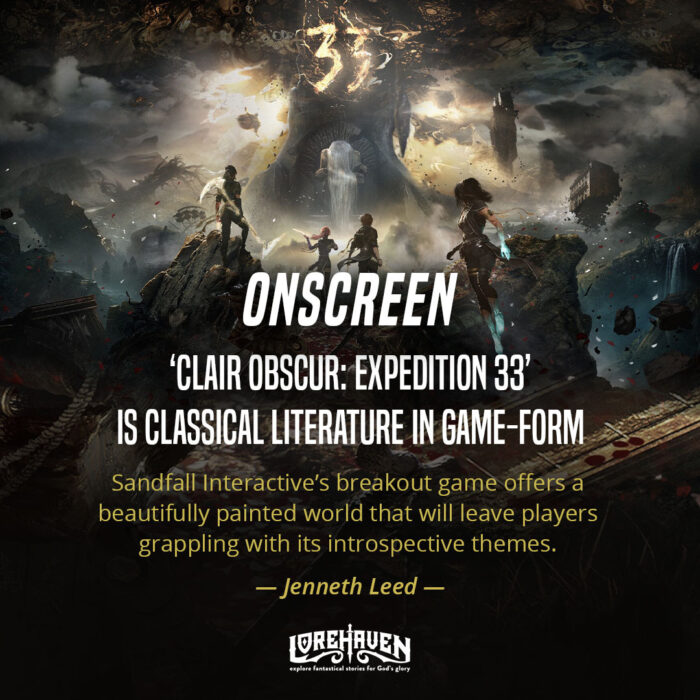


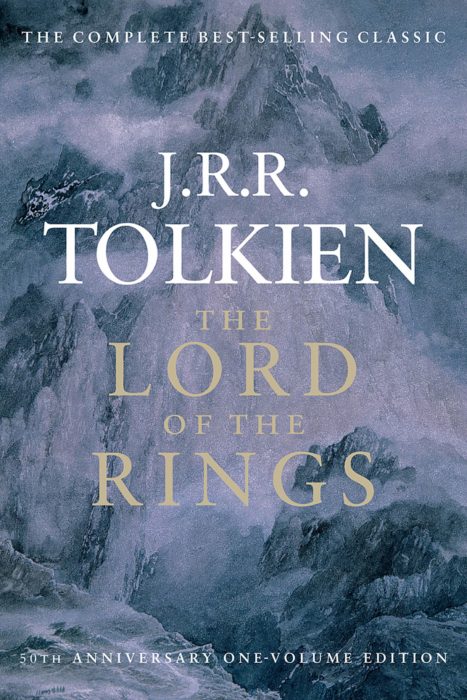


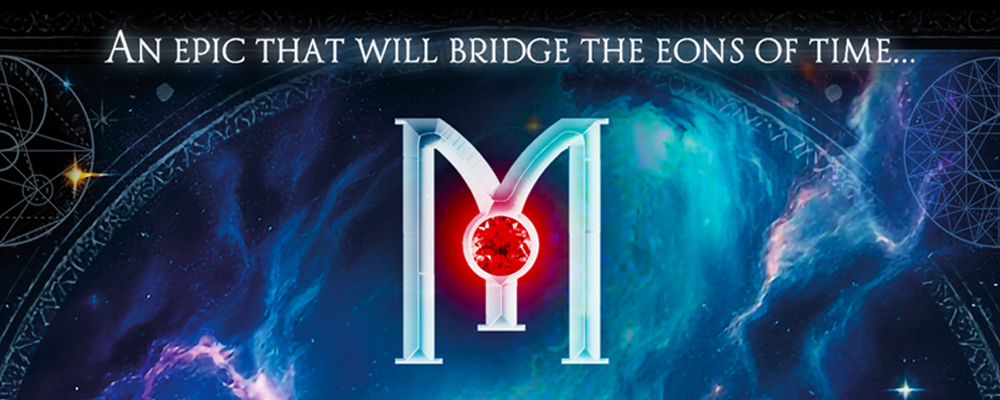
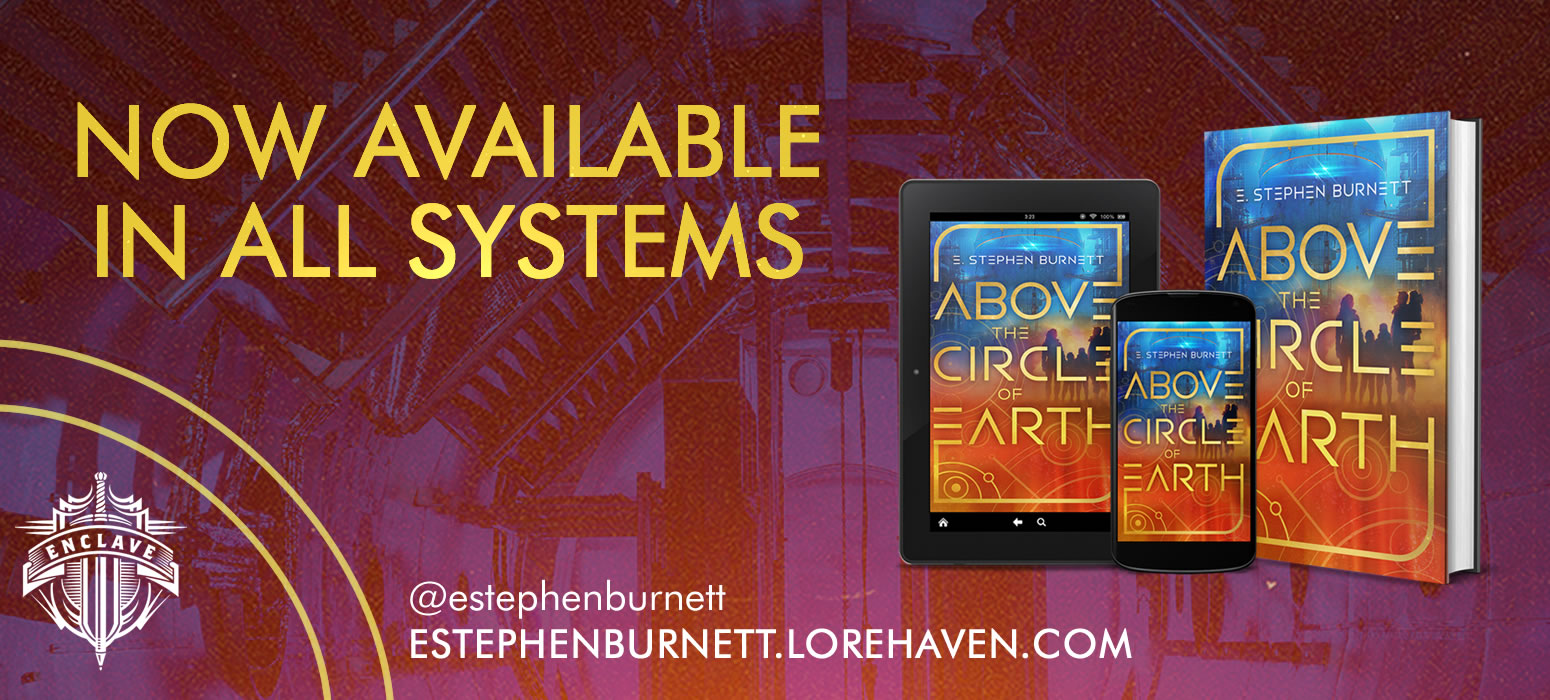
Have you read The Lord of the Rings ? Share your own review.